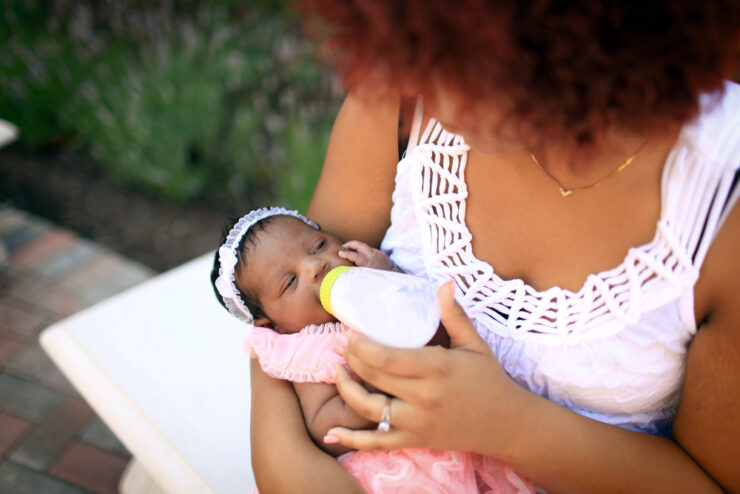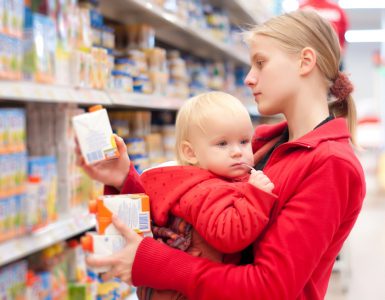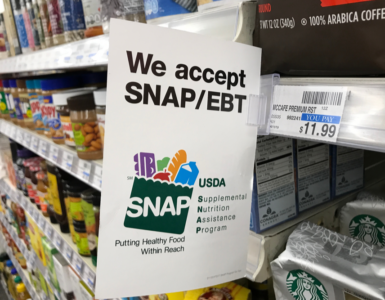What can you do if you are pregnant, just had a baby, or have infant children depending on you to put food on the table? Once your fridge empties, you can start by calling on friends and family for help.
You could also get a personal loan or put groceries on the credit card, but both of those moves will put you in debt. You could also seek food assistance from the USDA, which has four programs that help feed women, babies, and young children for free.
As with most government programs, the following have specific requirements you must meet to qualify for their benefits. Visit the links in each section to learn more about the programs and how you can apply via their official government websites.
SNAP aka Food Stamps
You probably heard of food stamps as a kid, and while that’s no longer their official name, this government benefit still exists as the Supplemental Nutrition Assistance Program or SNAP.
SNAP helps low-income families put food on the table to provide assistance while getting their finances in order. And even though it wasn’t made specifically with women, babies, and children in mind, it can certainly help anyone in those categories get the nutrition they need.
Now that food stamps are out the window, SNAP benefits come in a different form: An EBT card. It looks like a debit card and functions like one at participating grocery stores.
You just pick out the SNAP-eligible foods, go to the cashier, swipe your SNAP benefits card, and get those necessities at no cost.
What can you buy with SNAP? Luxuries like alcohol, cigarettes, and hot foods are a no-no. You can, however, get essentials like meat, milk, fruits, vegetables, etc.
WIC
While SNAP was made more with general low-income families in mind, WIC was developed for who’s listed in its official name: The Special Supplemental Nutrition Program for Women, Infants, and Children.
WIC offers necessities in the form of baby formula, cereal, eggs, milk, baby foods, etc. to the following living in low-income households:
- Pregnant or breastfeeding women
- Non-breastfeeding postpartum women
- Infants
- Children up to five years of age
Making below a certain income isn’t the only requirement, however, as you’ll also need to be dubbed a nutritional risk to participate in WIC.
While it may be listed separately, the WIC Farmers Market Nutrition Program (FMNP) falls under the WIC umbrella.
If you qualify for WIC and are a woman, have an infant over fourth months old, or a child age one to five, you can use FMNP benefits to get produce at roadside stands and farmers’ markets.
CACFP
The Child and Adult Care Food Program is the fourth and final form of nutritional assistance in this list. Through it, the USDA reimburses children or adults in daycare centers, emergency shelters, or after-school care programs with nutritious meals and snacks.




